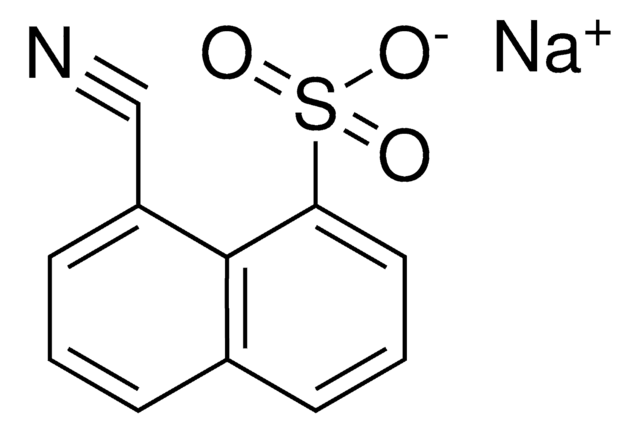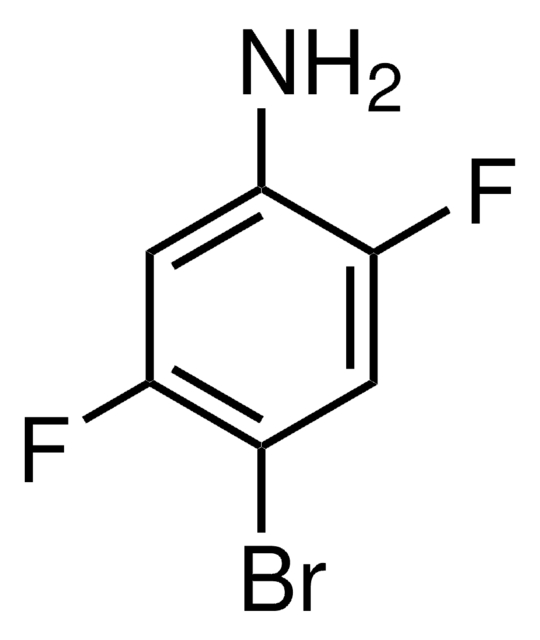ABC953
Anti-AATF Antibody/Rb-binding protein Che-1
serum, from rabbit
Synonym(s):
Protein AATF, Apoptosis-antagonizing transcription factor, Rb-binding protein Che-1
About This Item
Recommended Products
biological source
rabbit
Quality Level
antibody form
serum
antibody product type
primary antibodies
clone
polyclonal
species reactivity
human
technique(s)
ChIP: suitable
immunocytochemistry: suitable
immunoprecipitation (IP): suitable
western blot: suitable
NCBI accession no.
UniProt accession no.
shipped in
dry ice
target post-translational modification
unmodified
Gene Information
human ... AATF(26574)
General description
Immunogen
Application
Apoptosis & Cancer
Apoptosis - Additional
Western Blotting Analysis: A representative lot detected AATF/Rb-binding protein Che-1 in HCT116, HCT15, human lymphoblastoid AHH1 cells, and CV1576 lymphoblastoid cells (Sorino, C., et al. (2013). J. Biol. Chem. 288:23348-23357).
Western Blotting Analysis: A representative lot detected AATF/Rb-binding protein Che-1 in NIH 3T3 transfected cells, Synchronized NIH 3T3, HFF human fibroblasts, and HEK293 (Bruno, T., et al. (2002). Cancer Cell. 2:387-399).
Western Blotting Analysis: A representative lot detected AATF/Rb-binding protein Che-1 in HCT116, HCT15, AT fibroblasts, NIH 3T3 (Bruno, T., et al. (2006). Cancer Cell. 10:473-486).
Immunocytochemistry Analysis: A representative lot detected AATF/Rb-binding protein Che-1 in HCT116, HCT15, human lymphoblastoid AHH1 cells, and CV1576 lymphoblastoid cells (Sorino, C., et al. (2013). J. Biol. Chem. 288:23348-23357).
Immunoprecipitation Analysis: A representative lot immunoprecipitated AATF/Rb-binding protein Che-1 in HCT116 (Sorino, C., et al. (2013). J. Biol. Chem. 288:23348-23357).
Immunoprecipitation Analysis: A representative lot immunoprecipitated AATF/Rb-binding protein Che-1 in NIH 3T3 (Bruno, T., et al. (2002). Cancer Cell. 2:387-399).
Immunoprecipitation Analysis: A representative lot immunoprecipitated AATF/Rb-binding protein Che-1 in NIH 3T3 (Bruno, T., et al. (2002). Cancer Cell. 2:387-399).
Immunoprecipitation Analysis: A representative lot immunoprecipitated AATF/Rb-binding protein Che-1 in HCT116 (Bruno, T., et al. (2006). Cancer Cell. 10:473-486).
Chromatin Immunoprecipitation Analysis: A representative lot immunoprecipitated AATF/Rb-binding protein Che-1 in Synchronized NIH 3T3, HFF human fibroblasts, HEK293, Rb transfected HEK293 cells, and Che-1 transfected NIH3T3 (Bruno, T., et al. (2002). Cancer Cell. 2:387-399).
Chromatin Immunoprecipitation Analysis: A representative lot immunoprecipitated AATF/Rb-binding protein Che-1 in HCT116 (Bruno, T., et al. (2006). Cancer Cell. 10:473-486).
Quality
Western Blotting Analysis: A 1:500 dilution of this antibody detected AATF/Rb-binding protein Che-1 in 10 µg of HeLa cell lysate.
Target description
Physical form
Storage and Stability
Handling Recommendations: Upon receipt and prior to removing the cap, centrifuge the vial and gently mix the solution. Aliquot into microcentrifuge tubes and store at -20°C. Avoid repeated freeze/thaw cycles, which may damage IgG and affect product performance.
Other Notes
Disclaimer
Not finding the right product?
Try our Product Selector Tool.
Storage Class Code
10 - Combustible liquids
WGK
WGK 1
Certificates of Analysis (COA)
Search for Certificates of Analysis (COA) by entering the products Lot/Batch Number. Lot and Batch Numbers can be found on a product’s label following the words ‘Lot’ or ‘Batch’.
Already Own This Product?
Find documentation for the products that you have recently purchased in the Document Library.
Our team of scientists has experience in all areas of research including Life Science, Material Science, Chemical Synthesis, Chromatography, Analytical and many others.
Contact Technical Service


![Benz[b]anthracene sublimed grade, 99.99% trace metals basis](/deepweb/assets/sigmaaldrich/product/structures/197/885/3a015625-5e09-4f15-8b17-4cc285304fc7/640/3a015625-5e09-4f15-8b17-4cc285304fc7.png)




